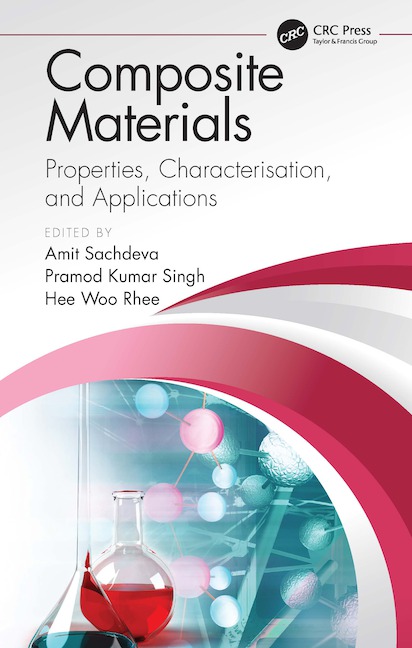CH-Bioforce Develops Novel Way of Replacing Fossil- and Food-Based Raw Materials

ESPOO, Finland — CH-Bioforce, a Finnish start-up founded by wood chemists, has developed a novel approach to fractionating biomass and converting all of its components into high-value material streams.
The technology is able to fractionate biomass into its three main constituents, with a high degree of purity and in an economically profitable way. CH-Bioforce’s bio-materials (dissolving pulp, polymeric hemicellulose and sulphur-free lignin) can replace oil- and food-based raw materials in multiple areas such as textiles, packaging and cosmetics.
“Our deep understanding of fundamental biomass chemistry allows us to provide high-end bio-materials that are cost efficient and environmentally friendly. We are able to provide a completely new source of feedstock for various industries that, in turn, helps minimize their carbon footprint,” said the company’s co-founder and Chief Business Officer Sebastian von Schoultz.
CH-Bioforce’s technology extracts all three biomass constituents in the same process, which is something that none of the other technology solutions in the market have managed to do so far. Due to the lack of suitable technologies, hemicellulose and lignin tend to be burned to generate energy, despite their extraordinary material properties.
Furthermore, while viable investments in current pulping technologies go into the billions, CH-Bioforce is flexible in size and also profitable on a smaller scale. And it can utilize almost any kind of biomass as feedstock, for example birch, pine or spruce.
“The process also works well using low-quality wood and agricultural residues such as straw, which were not suitable for commonly used pulping processes in the past. We are able to turn the whole spectrum of biomass sources into high-end, bio-based raw materials that are cost efficient and environmentally friendly,” said von Schoultz.
Together with its partners, CH-Bioforce has conducted intensive material testing and evaluations on the dissolving pulp, polymeric hemicellulose and sulphur-free lignin produced in its pilot plants. Thanks to funding from the EU’s Horizon 2020 SME Instrument, the company is now taking the final steps towards entering the market.
“Textiles and packaging are the most obvious examples of applications where our bio-materials can be used, but there is also a huge amount of potential in a number of other fields such as bio-plastics, medical applications, and stabilizers for the food and cosmetic industries,” said von Schoultz.
Looking for a reprint of this article?
From high-res PDFs to custom plaques, order your copy today!









